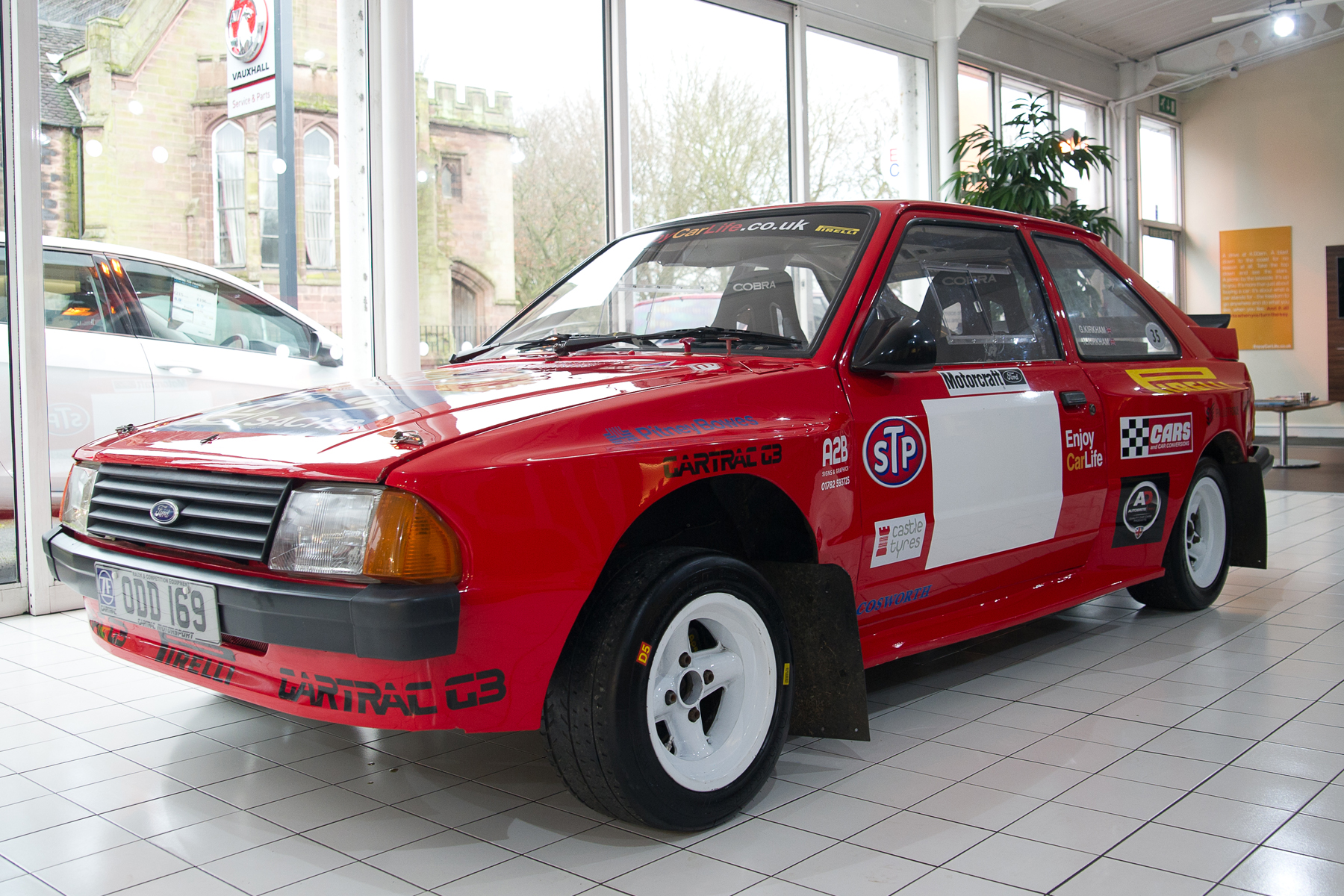Background
Whilst Ford’s rallying history can be traced back to before the Escort, with cars such as the Anglia and Lotus Cortina, 1968 is the important year as far as blue oval rally fans are concerned, as this year saw the launch of the Mark I Escort. The Escort redefined rallying, dominating from its launch through to its replacement by the Mark II in 1975.
The Mark II Escort resulted in a ‘the King is dead long live the King’ situation, as the 1800cc RS1800 picked up the reins left behind by the Mark I. The first win for the Mark II came on the 1975 RAC rally, with an Escort also winning the event the following year for a fifth time. The Escort’s wins in the British Rally Championship were of even greater dominance as it secured 1st place in the championship for 8 consecutive years between 1971 and 1978.
In 1980, when Ford’s attentions had turned to the Mark III, Ari Vatanen entered a privateer Mark II Escort rally team in the World Rally Championships and took the driver’s title in 1981, a feat not achieved before or since.
Ford had a problem with the MkIII though and that was it was Front Wheel Drive and therefore they set about creating a Rear Wheel Drive variant that would be called the RS1700T which was Ford’s cancelled first attempt at a Group B challenger.
Gartrac, the (now well known and very successful) British motorsport fabrication company, had the same idea and also set about creating a RWD conversion for the MkIII Escort although in a departure from Ford’s attempt Gartrac chose to use as many MkII parts as possible. The G3 had newly fabricated front chassis rails, a wider front track with repositioned top mounts which had the effect of moving the engine and gearbox backwards in relation to the wheelbase. Bespoke front cross member, track control arms and anti-roll bar were designed along with a compression strut system. A fabricated transmission tunnel was grafted through the centre of the car and four link suspension boxes were fitted at the rear with a wider atlas axle. It was powered by a 2.2 litre Ford Pinto engine, with twin-cam head developed by Cosworth.
The G3 was secretly tested at Boreham with the RS1700T that Ford was developing. It proved to be more than a match, lapping 3 seconds a lap faster around the test track.
The first car produced was driven by Billy Coleman, prepared by Sydney Meeke Motorsport and proved very competitive from the outset, setting four fastest stage times on the Cork Rally. The G3 went on to win many domestic rallies.
Technical
Engine: 2 ltr Cosworth
Cylinders: 4
Aspiration: Naturally Aspirated
Valves: 16
Camshafts: DOHC
Carburetion: Twin Webber DCOE48s
Drive: RWD
Transmission: Quaife 4 speed
Power: 235BHP

